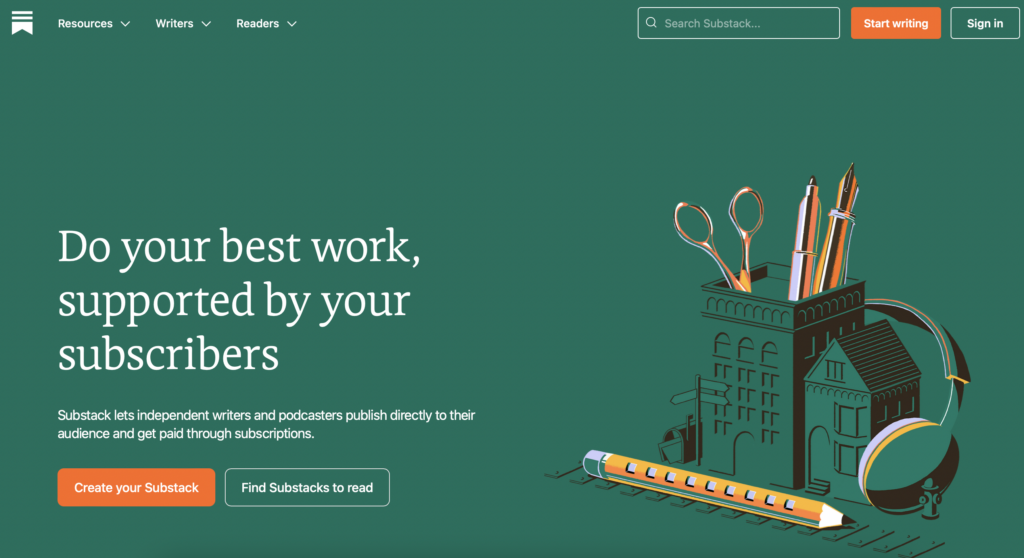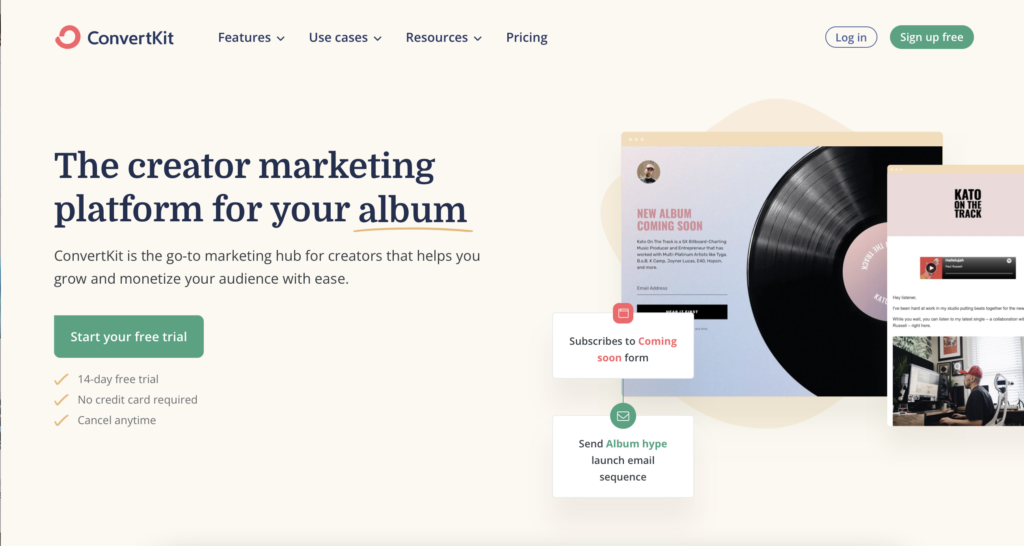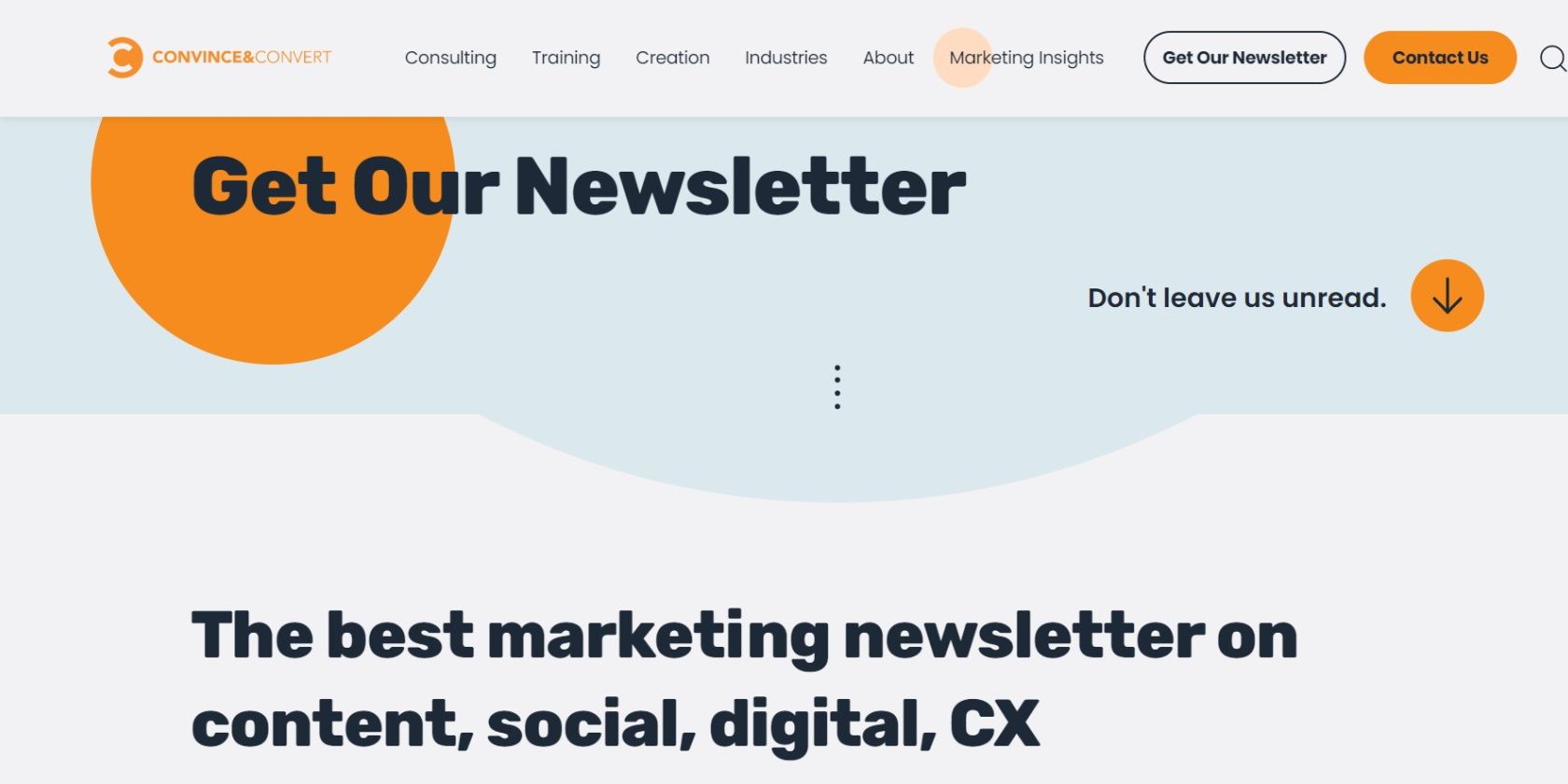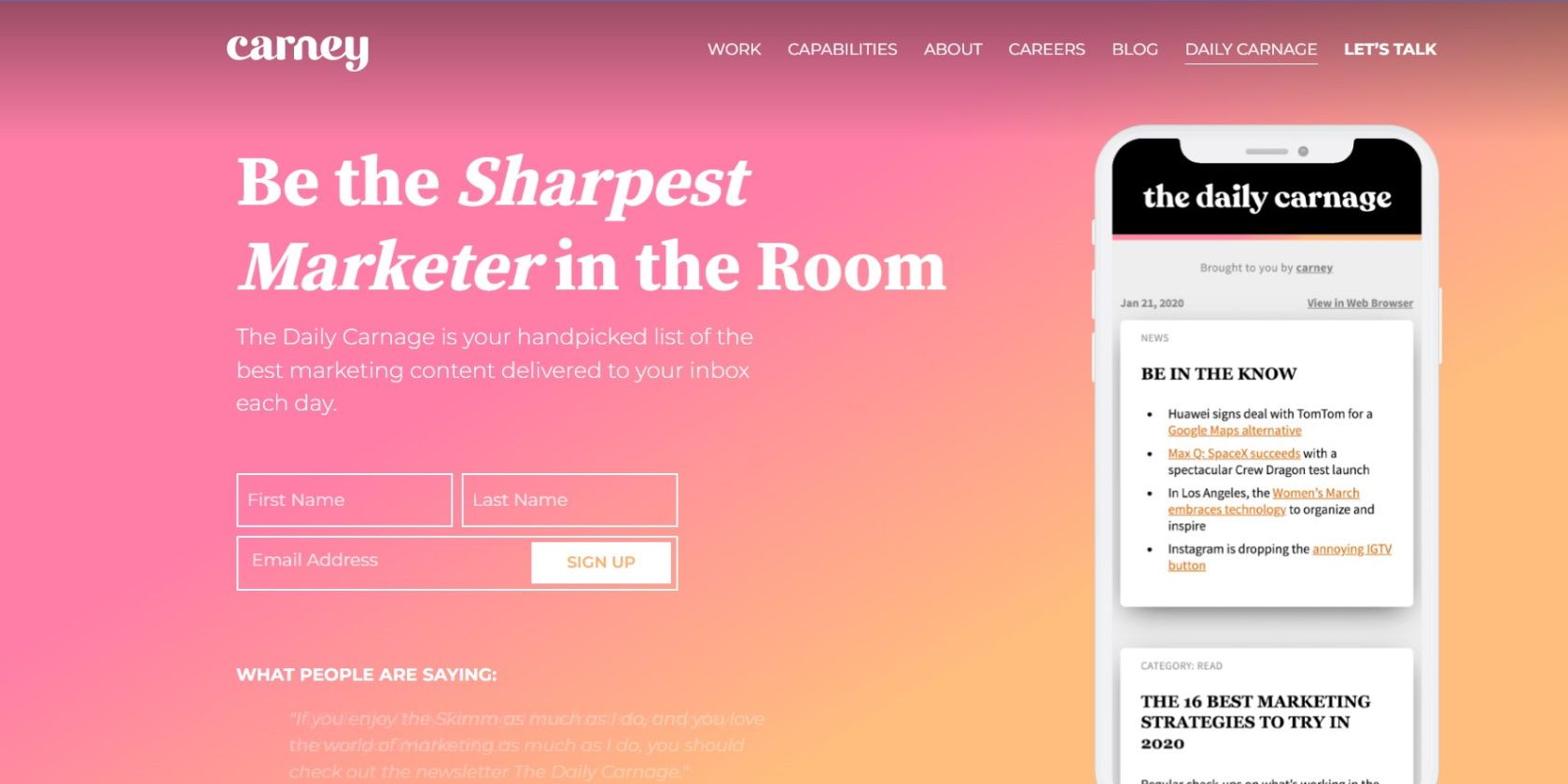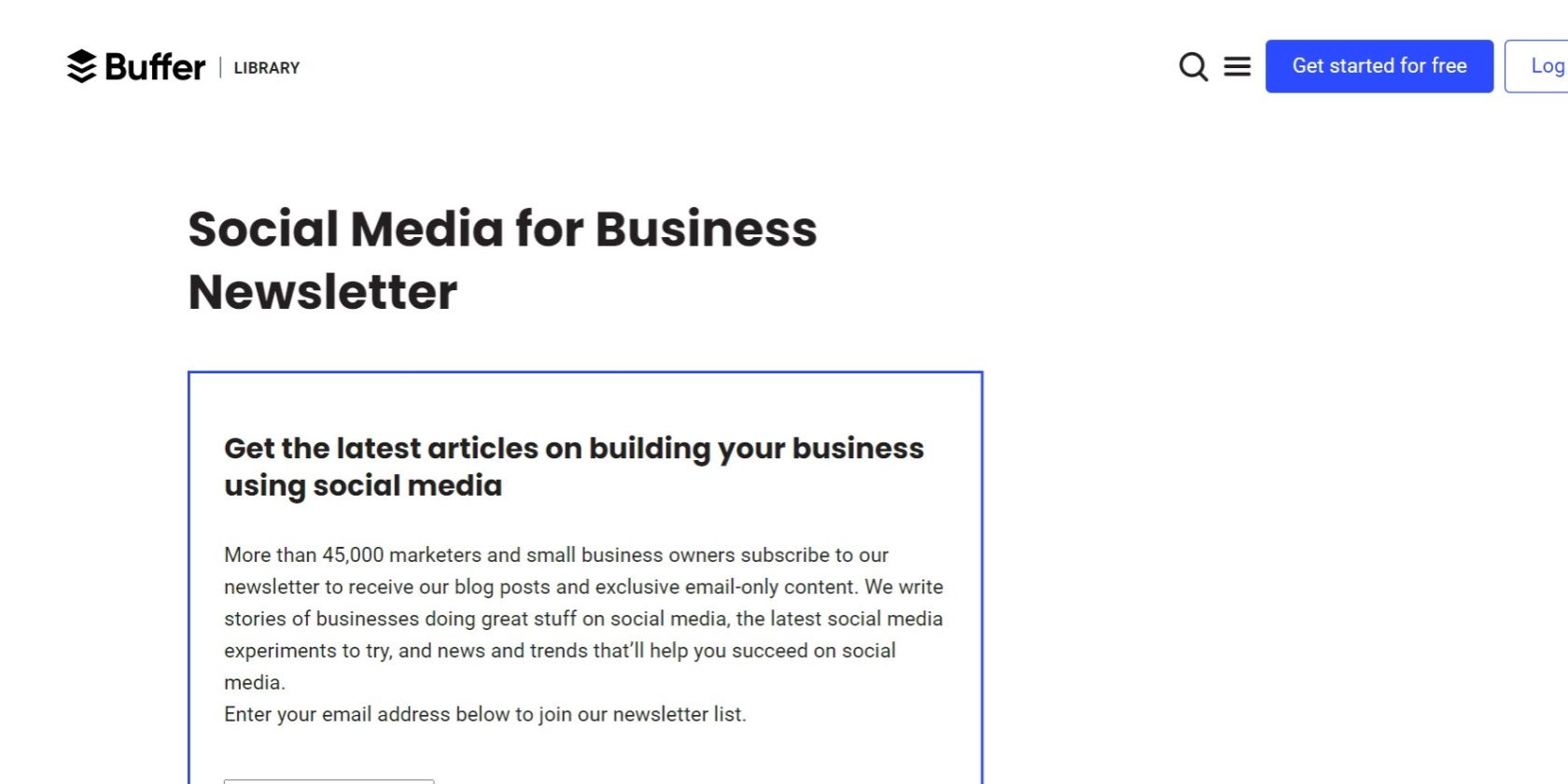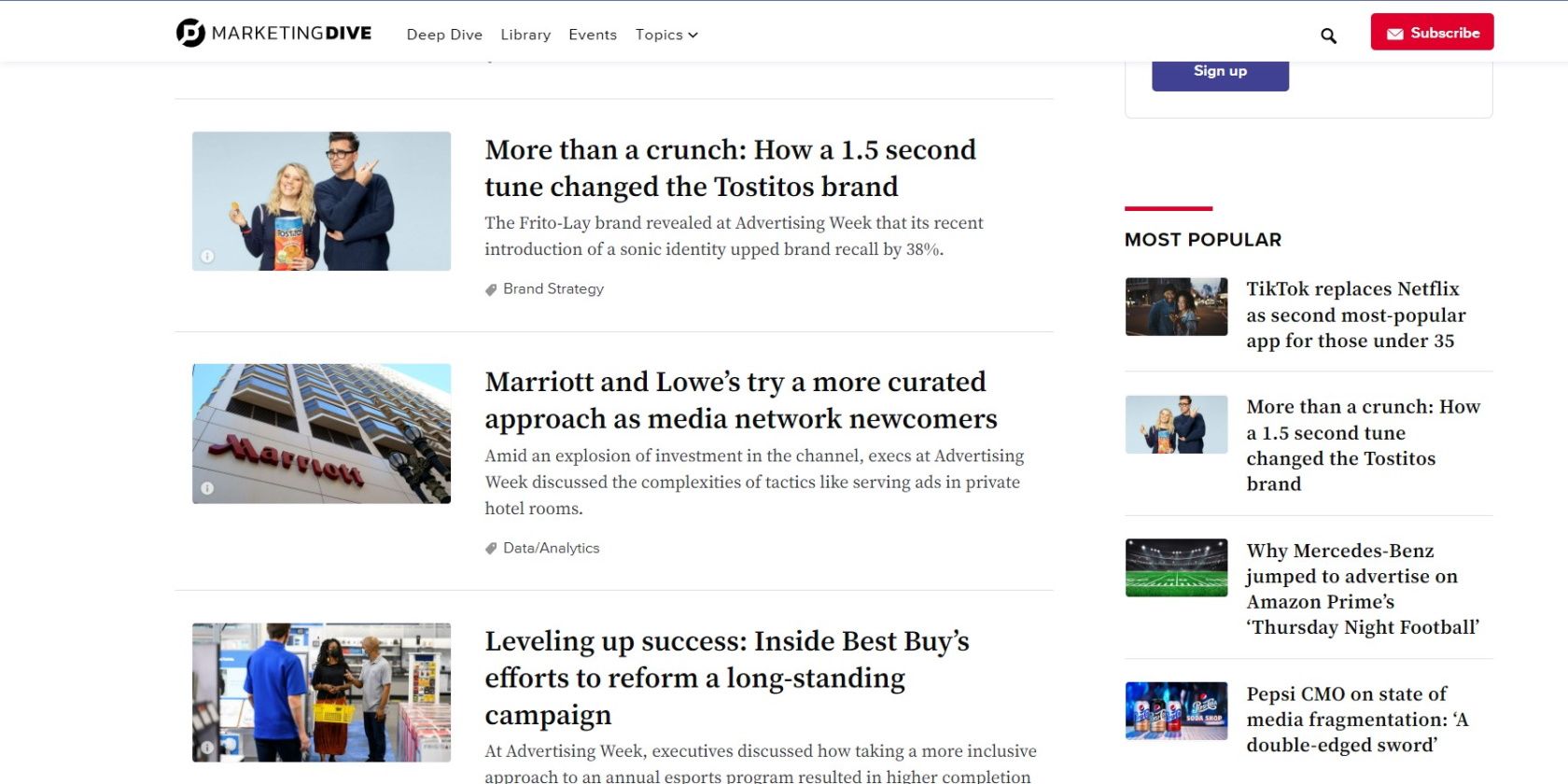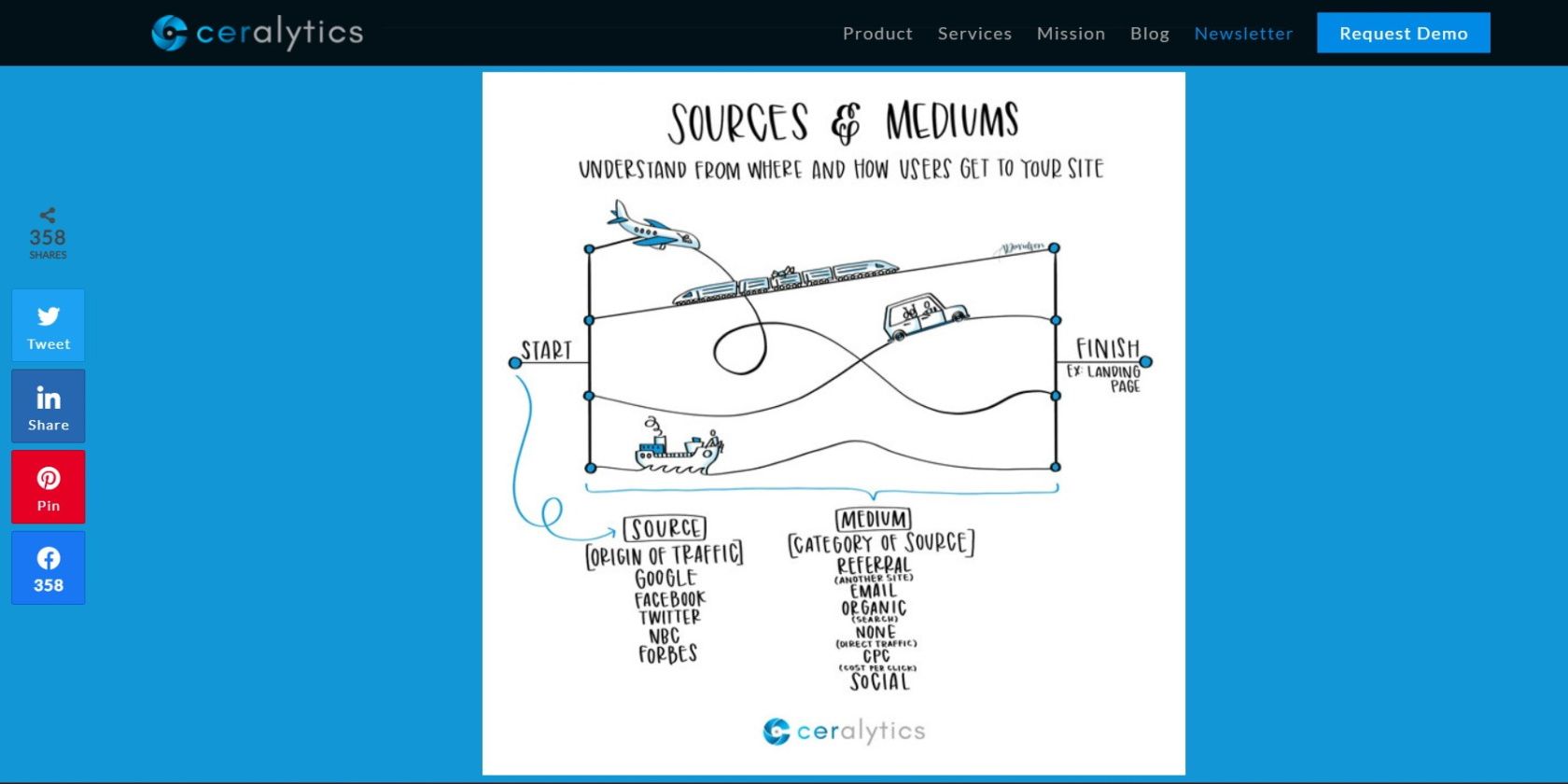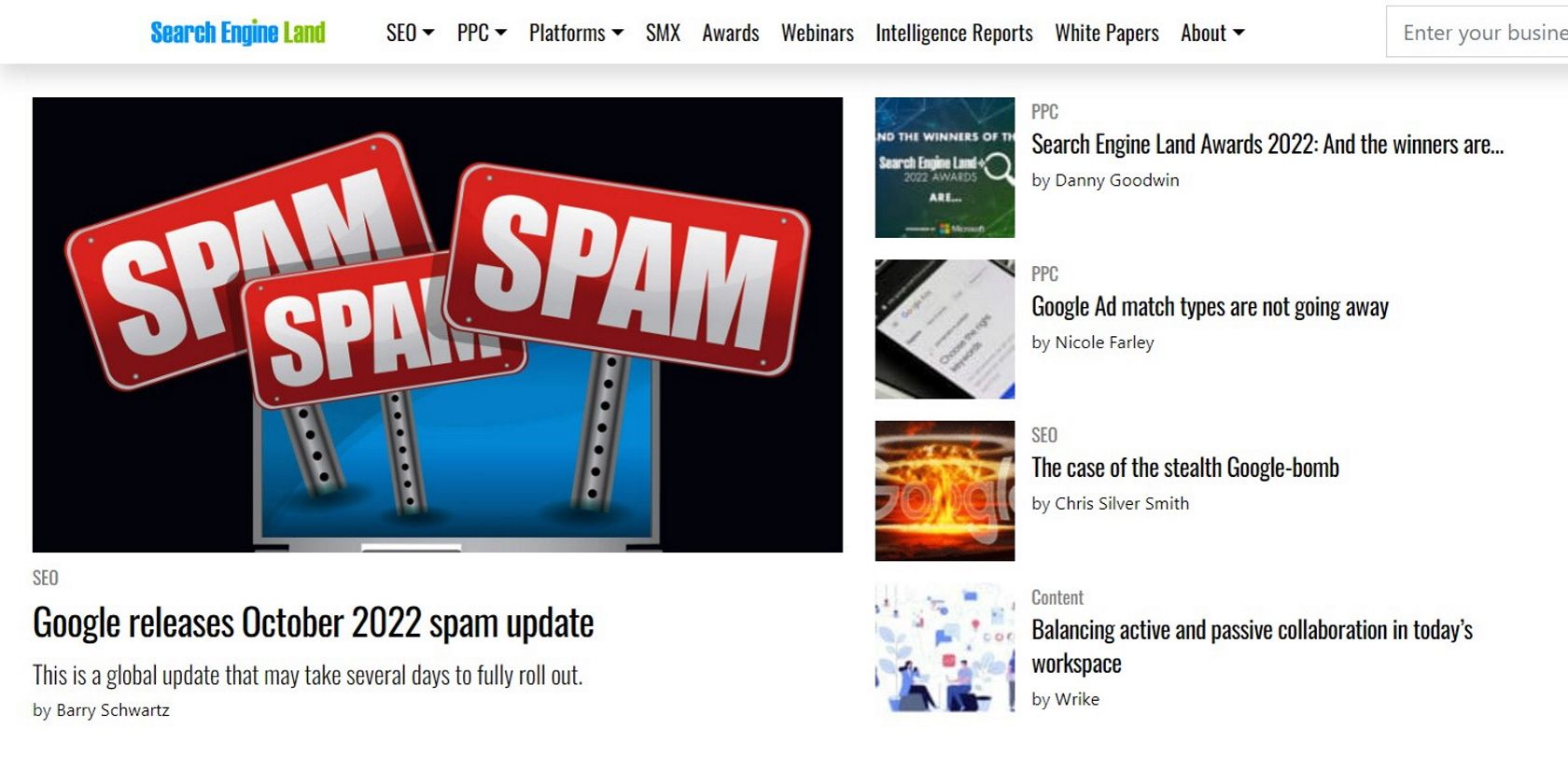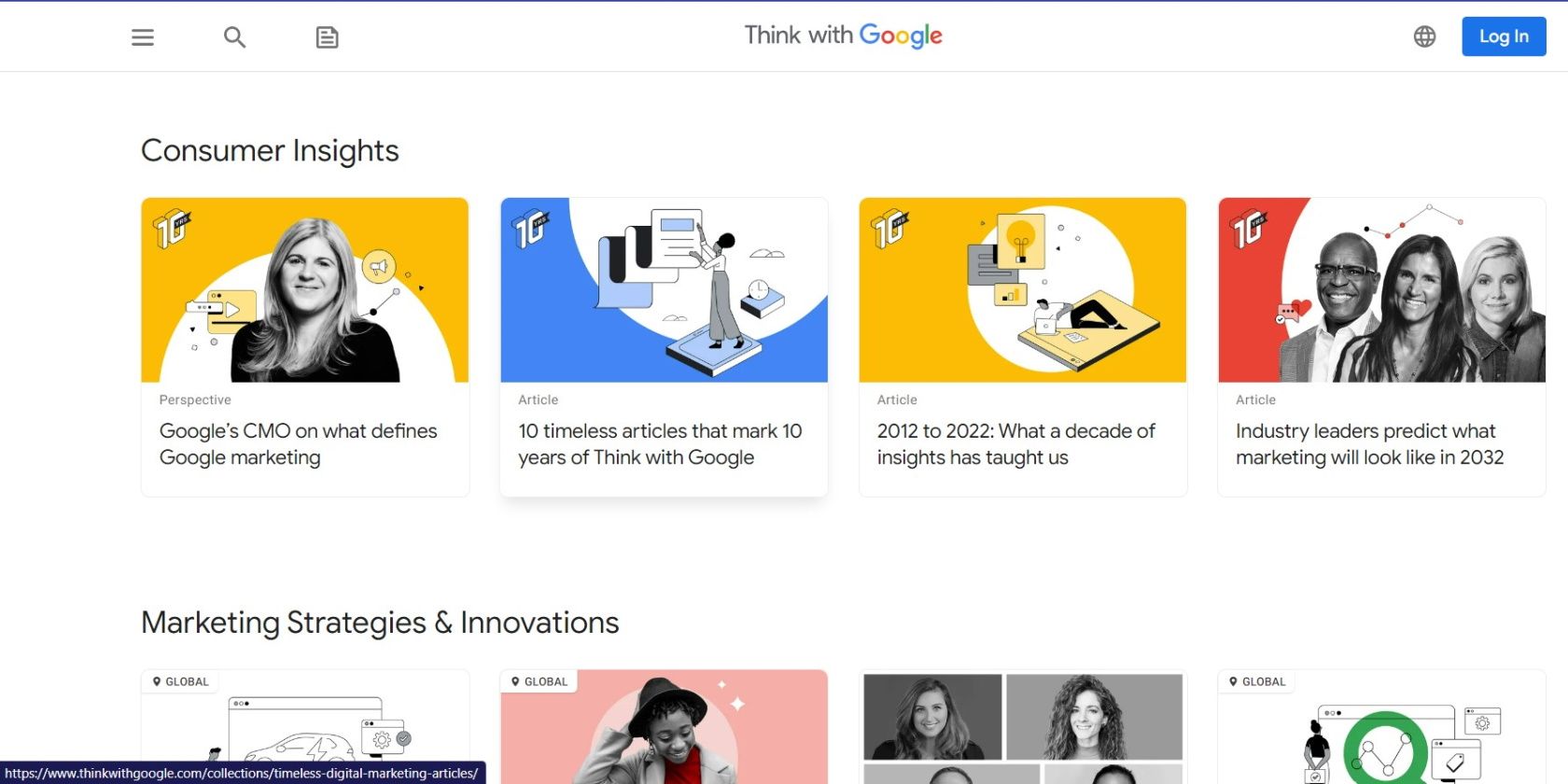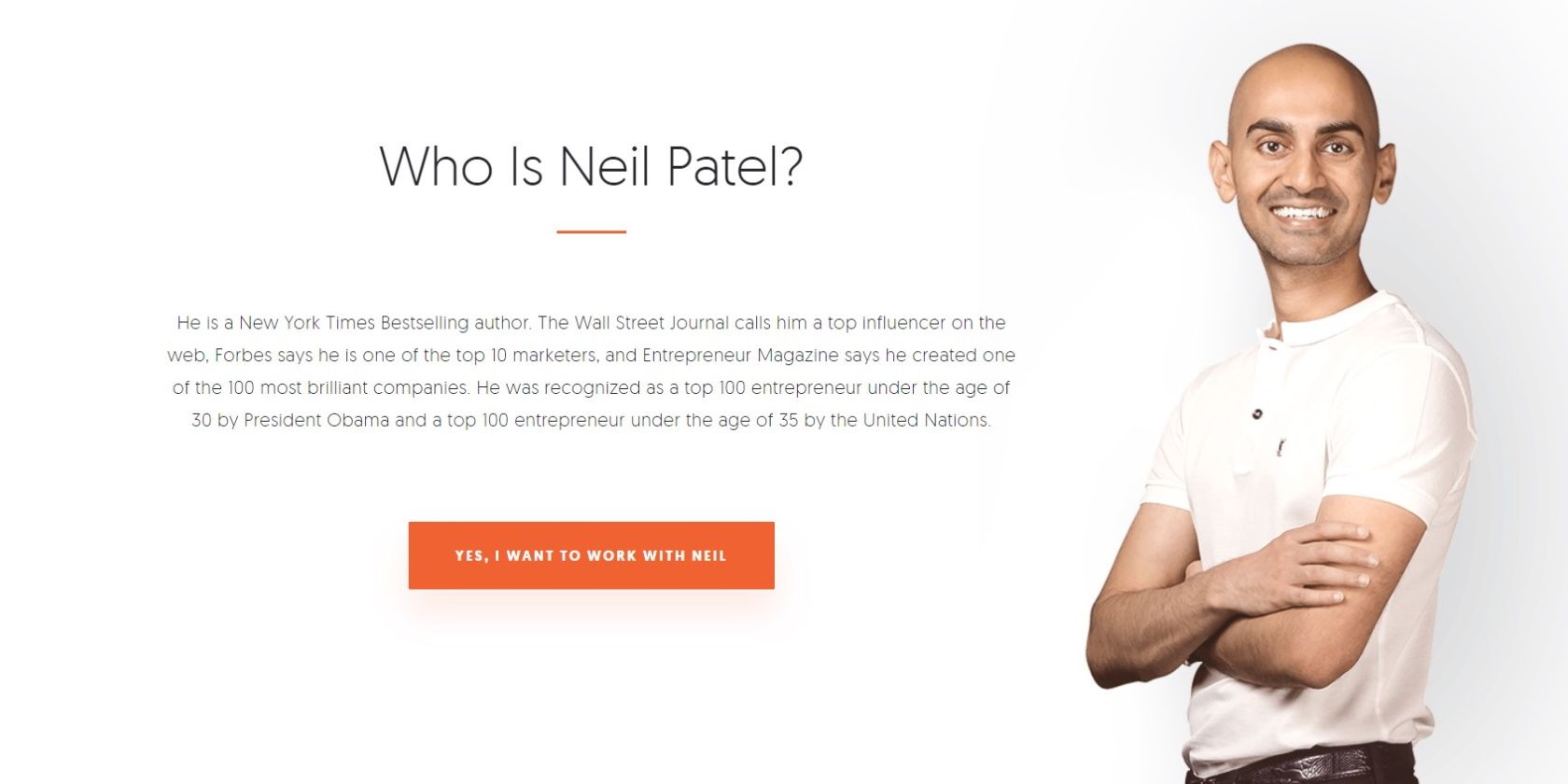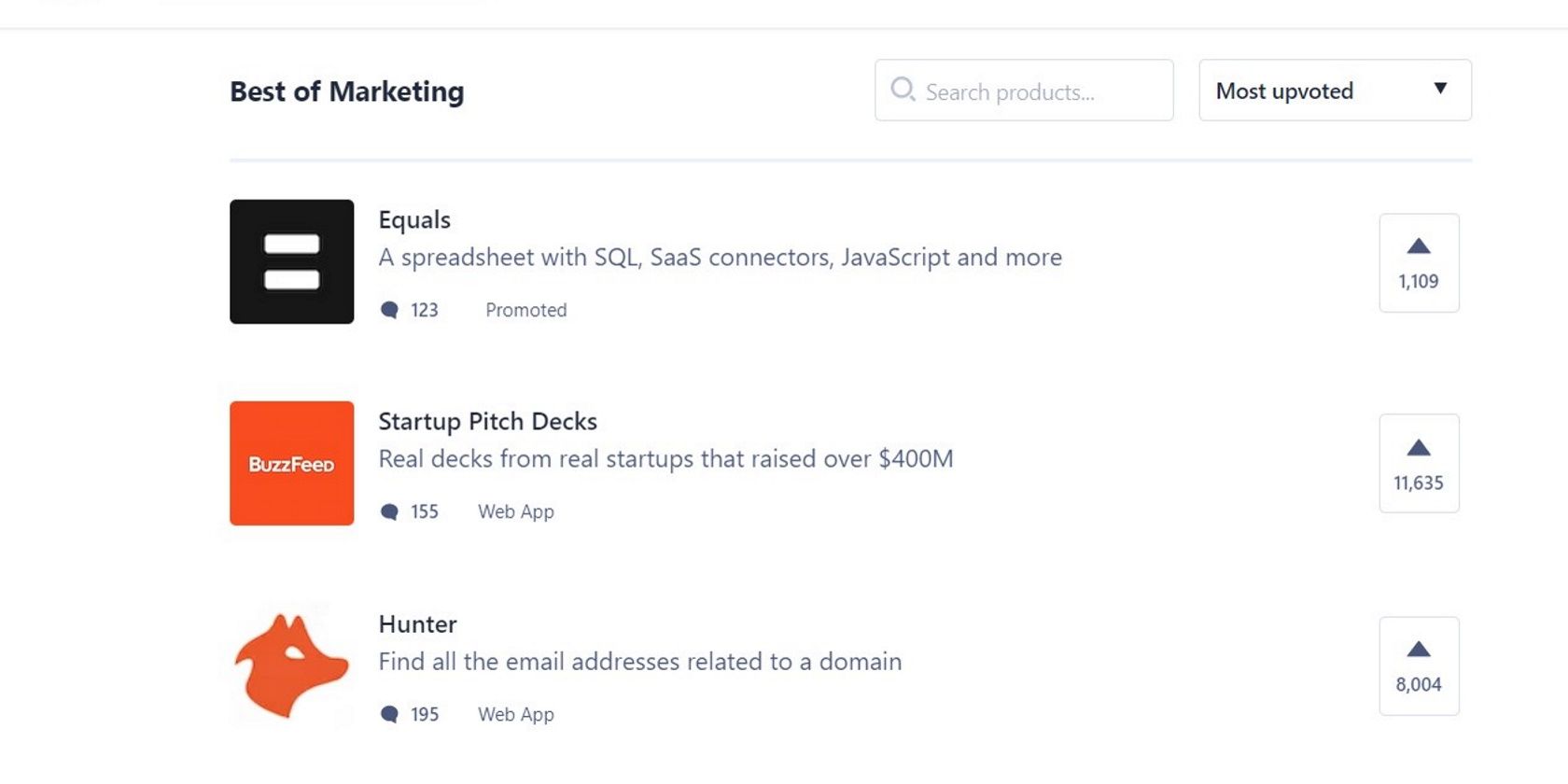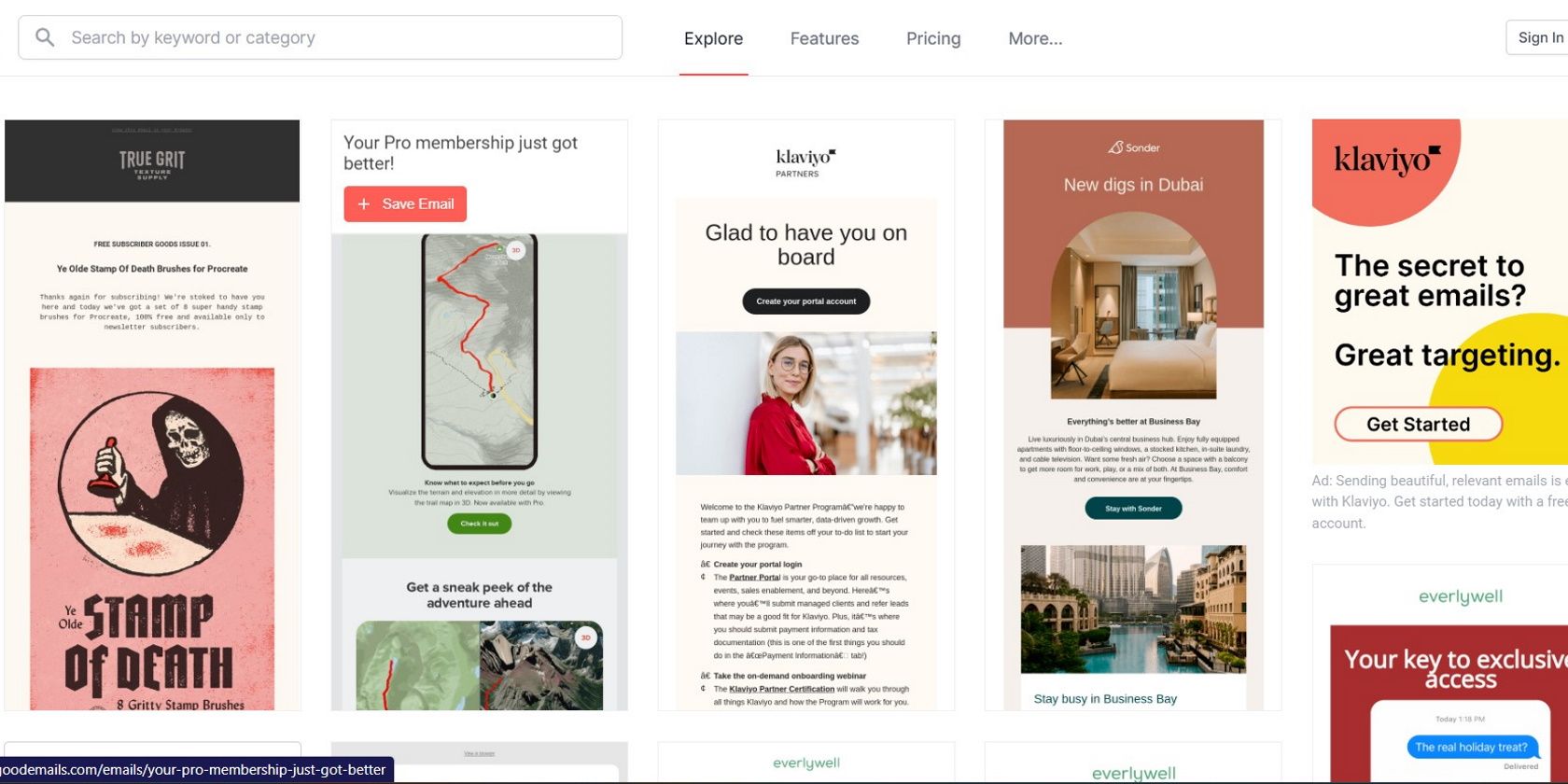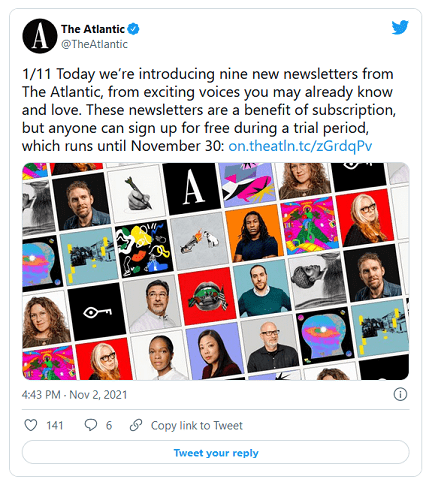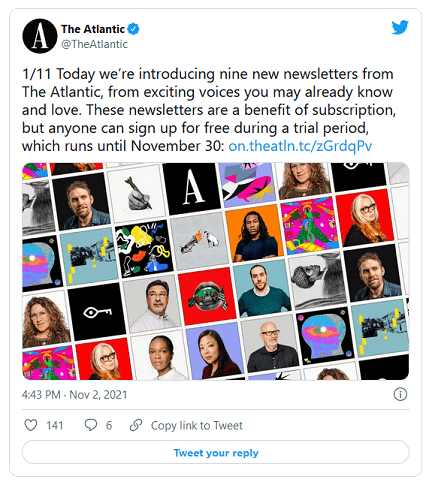An effective newsletter marketing strategy uses the intimacy of email to reach out to readers and keep them in the loop. Discover useful tips and best practices from publishers for a successful newsletter strategy.
Introduction to newsletter marketing strategy
With the shareability of social media and the adaptability of a blog, newsletters are an ideal tool for independent publishers to reach their audience. For Nicci Kadilak, founder and editor-in-chief of the Burlington Buzz, her newsletter was more than just a marketing tool: it was her entire platform for the first two years.
“It needs to be an essential part of your platform, because it connects readers with you as an individual, not just the news organization as a sort of nameless, faceless entity,” Kadilak says. “It just creates another touch point for you and your readers.”
The Buzz began in February 2022 in Burlington, Massachusetts to cover current events and local government. While it started out of a single Facebook post, it launched as a newsletter-only platform. Now, it boasts an accompanying news website. Kadilak’s daily newsletter lets 1,600 subscribers know about the town of Burlington and how it works in the span of a five minute read.
But it also acts as a critical tool to help grow the Burlington Buzz’s “hive” of paid subscribers, gather news and maintain a warm relationship with readers. Newsletter strategy is not only about growing a publication’s reach, but leveraging the intimacy of email to hit your marketing goals.
Is a newsletter a good marketing strategy?
“Oh gosh, absolutely,” says Corinne Colbert, co-founder and editor-in-chief of the Athens County Independent, an indie publisher based in southeast Ohio. “Until we became an Indiegraf publisher and we became part of the News Startup Fund, it was really hard for us to get our name out there.”
The Independent runs a weekly flagship newsletter called The Indy, as well as two other service-oriented newsletters called The Bulletin Board and The Scoop. In the absence of print circulation or door-to-door delivery, Colbert says newsletters act as a distribution strategy to get the Independent’s work in front of audiences, rather than waiting for people to come to them. “It’s a push instead of a pull,” she says. “It’s hard to get readers to make a habit of checking a website.”

For the Independent, the results speak for themselves. All three newsletters average open rates of around 50 percent, according to Colbert. They have also grown from a readership of around 1,000 last year to just under 5,000. “I see it as integral to our work,” she says. “On the internet, there’s a lot of competition for people’s eyeballs.”
How do you plan an effective newsletter strategy?
Getting a newsletter off the ground, and making it work for your publication, requires careful thought. Its purpose, design and timing all matter. Here’s how both the Burlington Buzz and the Athens County Independent created newsletter strategies that work:
- Leverage your existing following: Instead of starting from scratch, your newsletter marketing strategy should first draw on your publication’s existing readership. The Burlington Buzz started with a sizeable Facebook and Instagram following among local groups, and posted links to its newsletter to boost awareness in the early days. These groups also became a proof-of-concept for the Buzz.
“We already had an audience of people who were interested in the work that we were doing on Facebook,” Kadilak explains. “We started these posts on Facebook and then decided to transition to a dedicated newsletter because there was enough information to keep people interested, and we wanted to develop an audience that we could keep with us, and not have to rely on Facebook algorithms.”
- Give readers news they can use: An effective newsletter strategy isn’t just about putting your publication’s logo in front of as many eyeballs as possible. Good newsletters are useful, and give readers a reason to check back often. At the Athens County Independent, the Scoop and the Bulletin provide weekly updates on public meetings, local events and even major road closures. Colbert says the Independent is looking into enhancing the Scoop’s service journalism through a mass texting tool.
“It’s part of the strategy of public service journalism,” she says, “getting information out to the community.”
- A walkie-talkie, not a megaphone: While the Buzz and the Independent’s newsletters serve as marketing tools for both publications, they also allow the founders to keep in touch with their thousands of committed readers. For the Independent, that means handling a mix of compliments, news tips and complaints or correction requests from readers.
“We want to have a relationship with our readers,” Colbert says. “These are our neighbours, our friends, our family. We don’t want to be something that’s cold and impersonal.”
How to integrate a newsletter into your marketing strategy
Newsletters combine the best of several different marketing avenues, but their real strength lies in their ability to create community. When combined with other marketing approaches like live events or social media, the results can pay off spectacularly for indie publishers.
At the Independent, email marketing integration means bringing email sign-up sheets to Athens County events. It’s a way to carry on a conversation well after a gathering ends. “It’s an opportunity, not only to get email addresses but also just to get your name and your brand out there,” Colbert says. “It’s a way to communicate and engage with your readers.” While they can be tiring, Colbert says she’s never regretted any event the Independent has ever done.
Social media, a mainstay of digital marketing, doesn’t just draw attention to a newsletter. When used right, it can drive community engagement on its own. The Burlington Buzz started by identifying active Facebook groups in town with residents that would benefit from local news, and then posting relevant stories there. “We still do that,” Kadilak says.
The most powerful way to integrate a newsletter into your marketing strategy is to use it to have actual conversations with readers. Colbert points out that very few readers ever talk to a journalist in their lives, let alone carry on a conversation with one.
By Brennan Doherty
Brennan Doherty is a Toronto-based writer. His work can be found at the Toronto Star, The Globe and Mail, TVO.org, Maisonneuve, Future of Good, The Local, and elsewhere.







